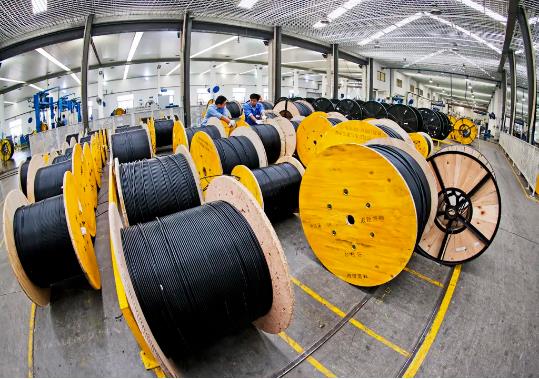
Fiber Attenuation:
When light enters from one end of an optical fiber and exits from the other end, the intensity of the light decreases. This means that after the optical signal propagates through the fiber, the light energy is partially attenuated. This means that there is some substance in the fiber or for some reason that blocks the passage of the light signal.
There are many reasons for optical fiber attenuation, mainly including: absorption attenuation, including impurity absorption and intrinsic absorption; scattering attenuation, including linear scattering, nonlinear scattering, and structural incomplete scattering; other attenuation, including microbending attenuation, etc. Chief among them is the attenuation caused by impurity absorption. Impurities such as hydroxide ions and transition metal ions in optical fiber materials have a strong ability to absorb light, and they are an important factor in the attenuation of optical signals. Fiber Dispersion
Different frequency components or different mode components of the optical signal (pulse) transmitted in the fiber propagate at different speeds, and signal distortion (pulse broadening) will inevitably occur after reaching a certain distance. This phenomenon is called dispersion or dispersion of the fiber.
The existence of fiber dispersion distorts the transmitted signal pulse, thus limiting the transmission capacity and transmission bandwidth of the fiber. In terms of mechanism, fiber dispersion is divided into material dispersion, waveguide dispersion and modal dispersion. The first two kinds of dispersion are caused by the fact that the signal is not of a single frequency, and the latter kind of dispersion is caused by the fact that the signal is not of a single mode.
Cutoff wavelength:
The cut-off wavelength means that a single-mode fiber usually has a certain wavelength. When the transmitted light wavelength exceeds this wavelength, the fiber can only transmit light in one mode (fundamental mode), and below this wavelength, the fiber can transmit more light. mode (including higher-order modes) of light. In LC, the cut-off wavelength is relative to the mobile phase to be used. For example, the cut-off wavelength of methanol is 210 nm, and the cut-off wavelength of acetonitrile is 190 nm. If the mobile phase is used at a wavelength below this wavelength, it will cause greater interference.
Backscatter method:
Backscattering is a method of measuring attenuation along the length of an optical fiber. Most of the optical power in the fiber is forward propagating, but a small portion is backscattered towards the emitter. Using a spectroscope at the illuminator to observe the time curve of backscattering, from one end can not only measure the length and attenuation of the uniform optical fiber connected, but also measure local irregularities, breakpoints, and damage caused by joints and connectors. Optical power loss.
03-21
202502-12
202509-12
202409-05
202408-16
202408-07
202408-06
202408-02
202407-30
202407-29
2024
